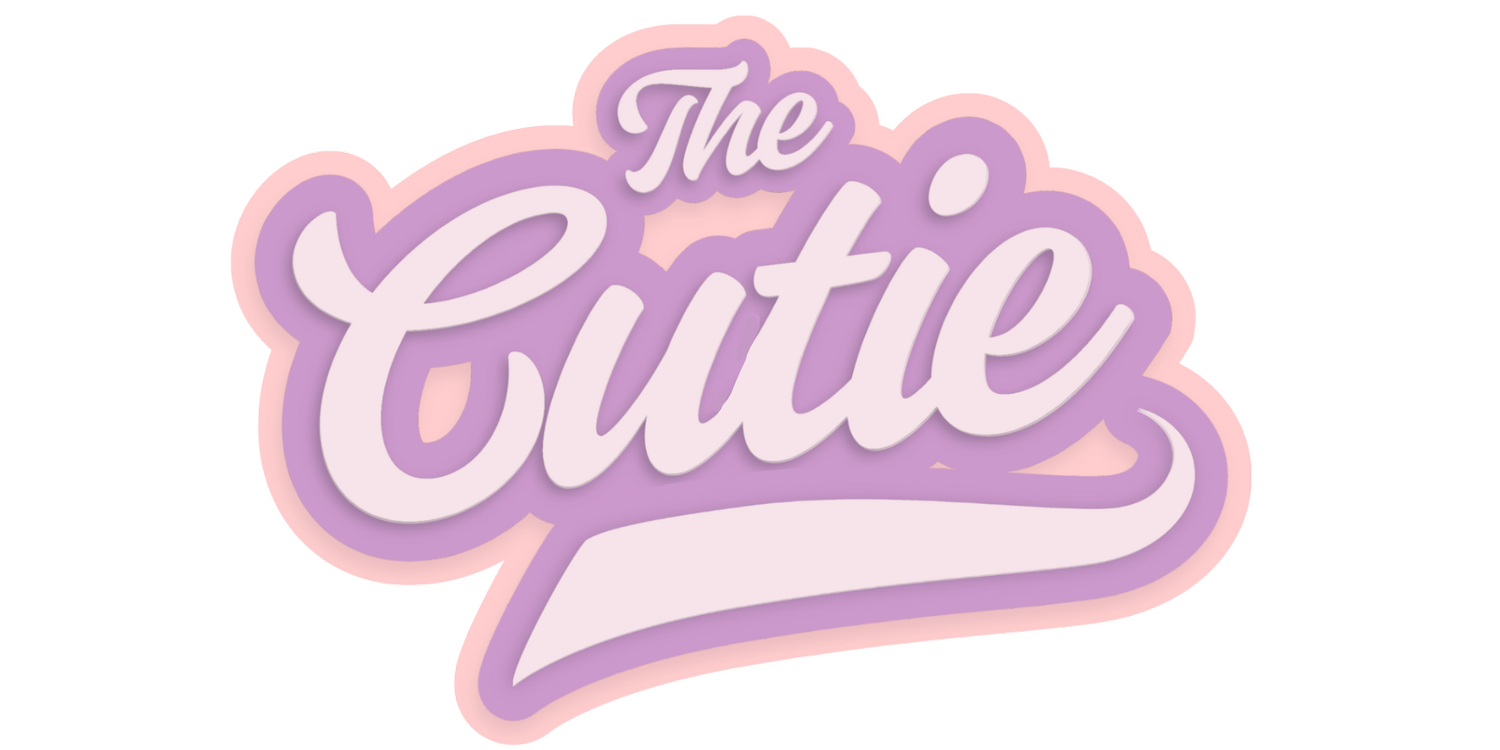Why Is Cannabis Classified as Schedule 1?
How the Hell Did Cannabis End Up a Schedule 1 Drug?
It’s time to talk drug scheduling.
In 1970, the Federal Government passed The Federal Comprehensive Drug Abuse Prevention and Control Act, more commonly known as the Controlled Substances Act.
This act divided drugs into 4 separate categories, ranking each drug’s potential for substance abuse.
Some Washington lawmakers objected to this because they were working in the interest of pharmaceutical companies—and they knew that, based on these scientific assessments, drugs like Valium could end up classified alongside drugs like heroin and cannabis.
So they created a 5th and separate class, known as Schedule 1.
Schedule 1’s purpose is to act as a firewall between street drugs and the legal, highly-profitable pharmaceutical drugs that lawmakers wanted to protect.
Another issue with Schedule 1 is that doctors cannot prescribe any drugs that are listed in this class—they can only write recommendations.
What are the criteria for Schedule 1 classification?
There’s no accepted medical use.
It’s unsafe under medical supervision.
There’s a high potential for abuse.
Cannabis does not fit these criteria and should not be classified as Schedule 1.
There are plenty of well-established medical cannabis programs all across the nation, so we know it is both safe and effective.
Plenty of people have tried to sue the federal government over this, from 1972 up until today—all have failed.
To make matters worse, synthetic THC was initially classified as a Schedule 2 drug, and then dropped down to Schedule 3—talk about a punch in the gut!
Now what about CBD?
CBD is classified under Schedule 5 as long as it has FDA approval—-but there’s only ONE drug on the market that does...
And that drug costs a person on average $32,500 per year!
Learn about the history of cannabis legislation my Cannabis 101 course. Online & self-paced, you’ll become super savvy in just 6 weeks.
*The information we provide is not intended to be a substitute for medical treatment. Please consult your medical care provider. Read our full Health Disclaimer.
